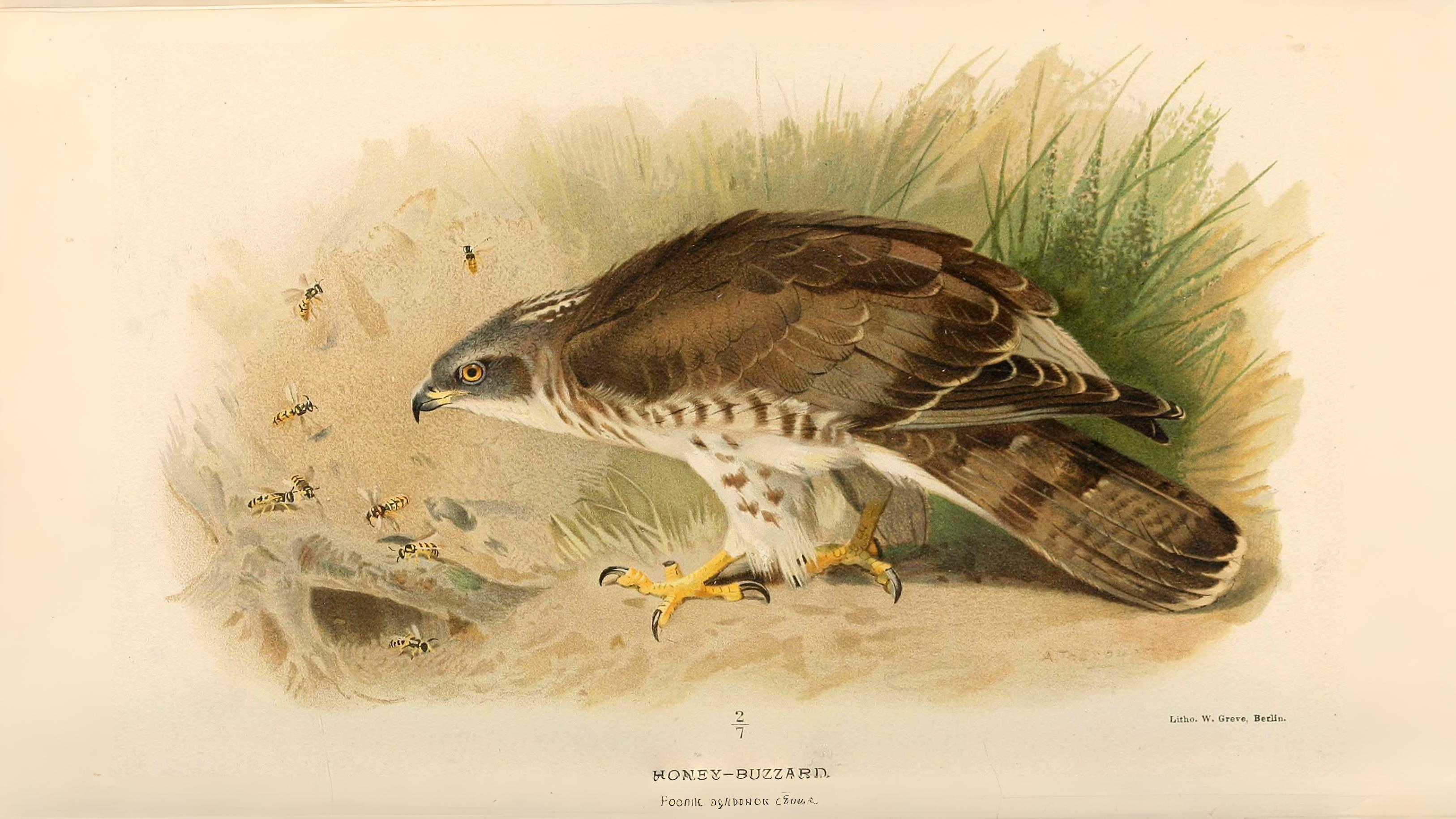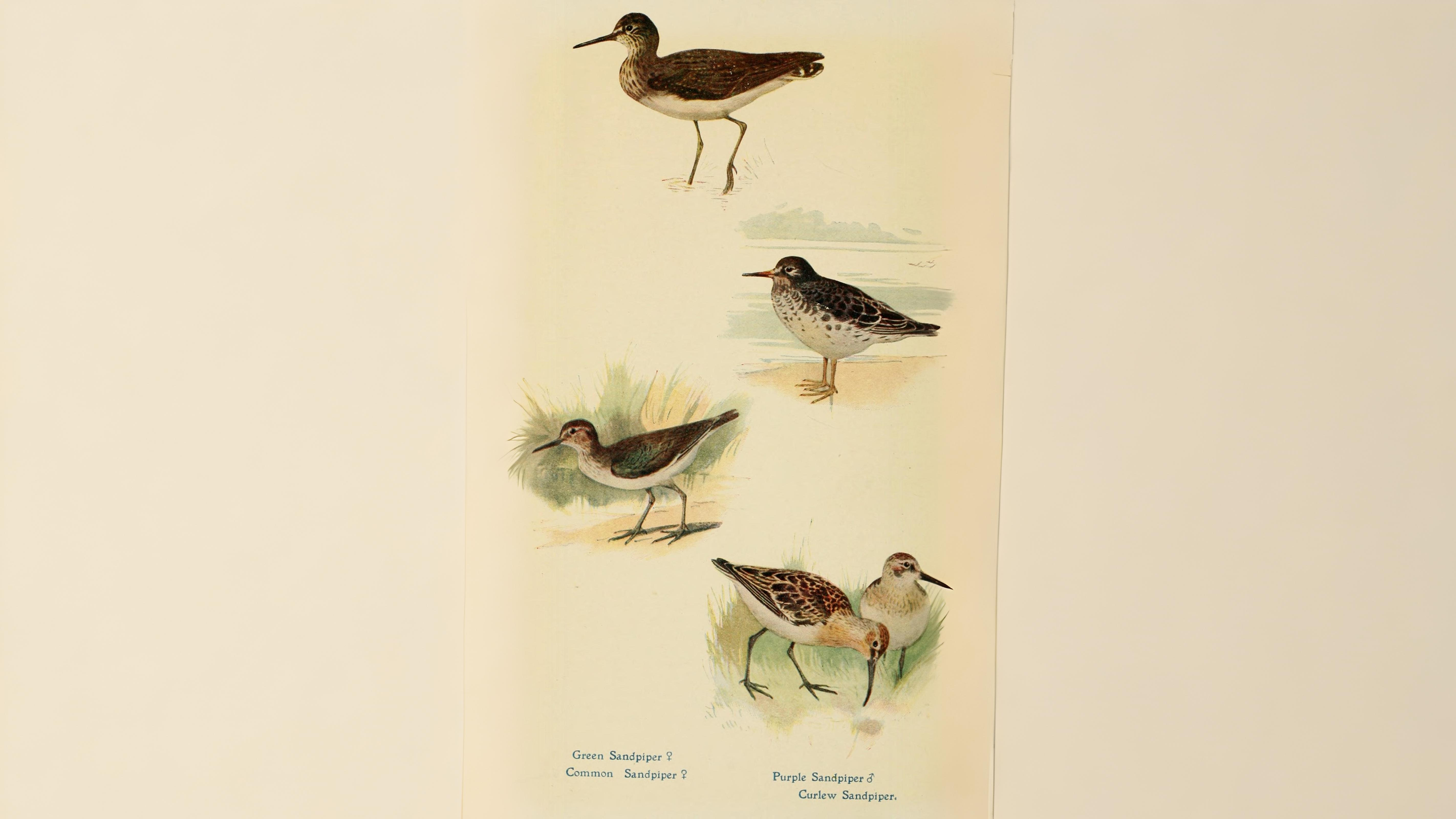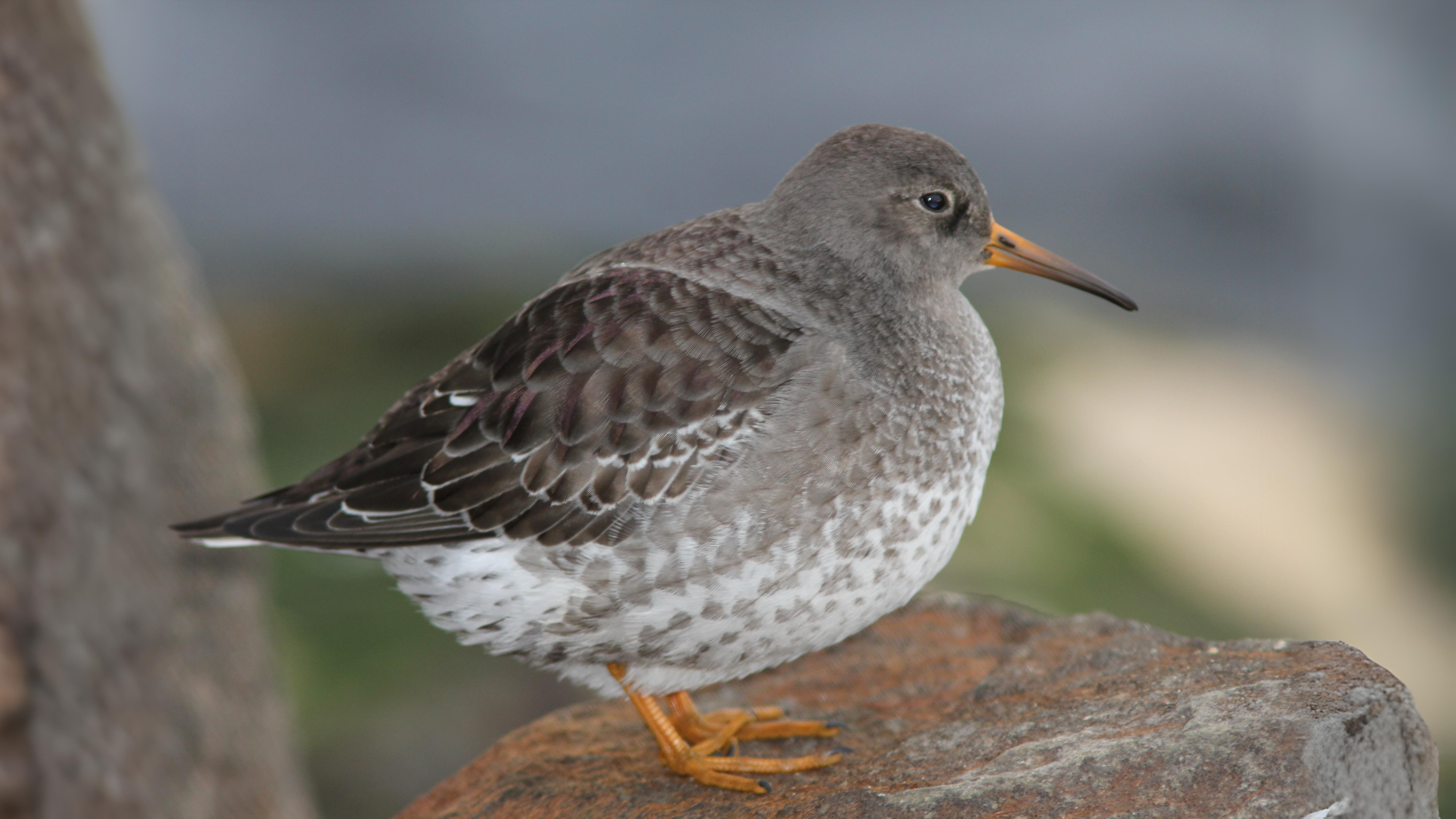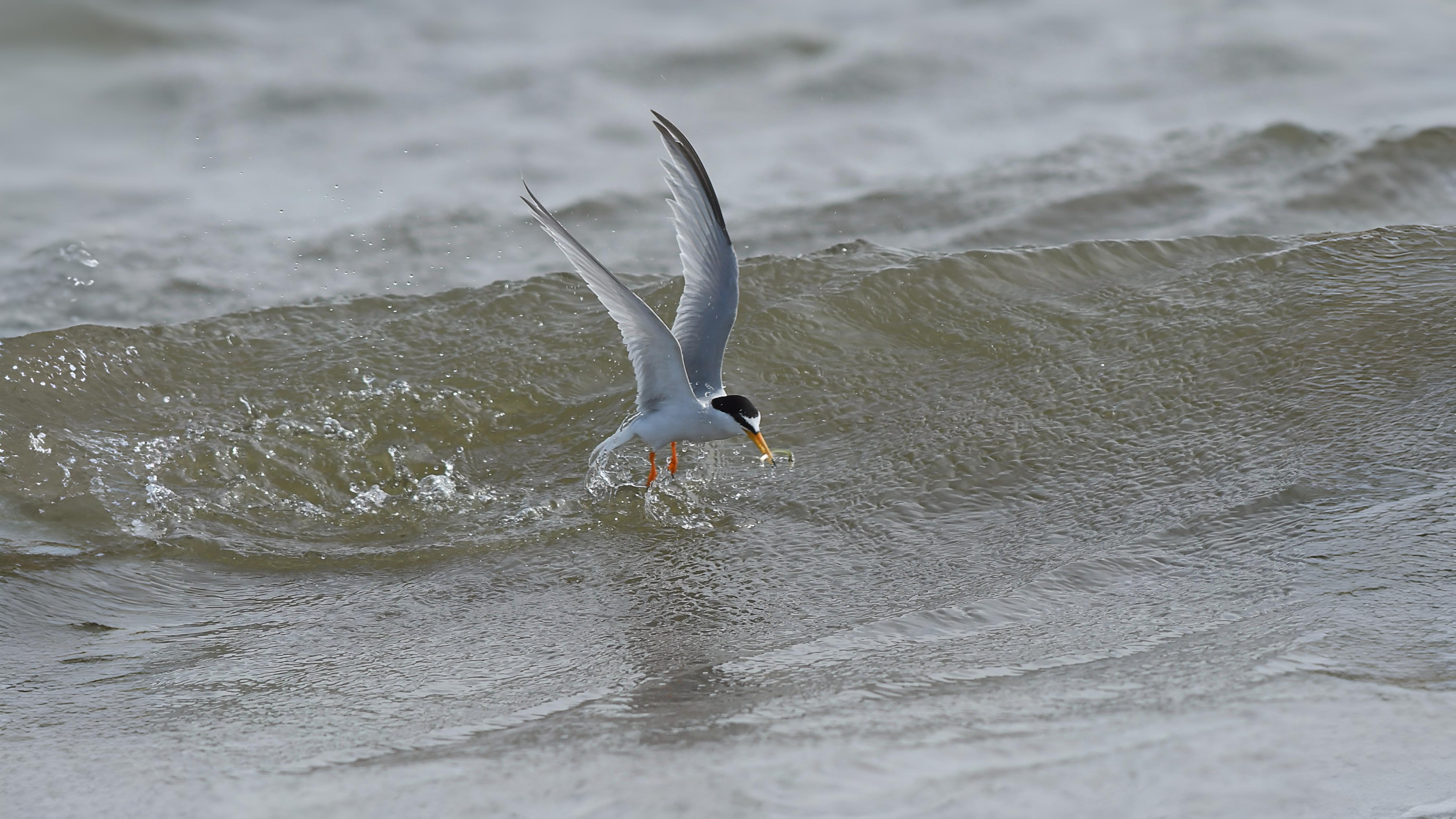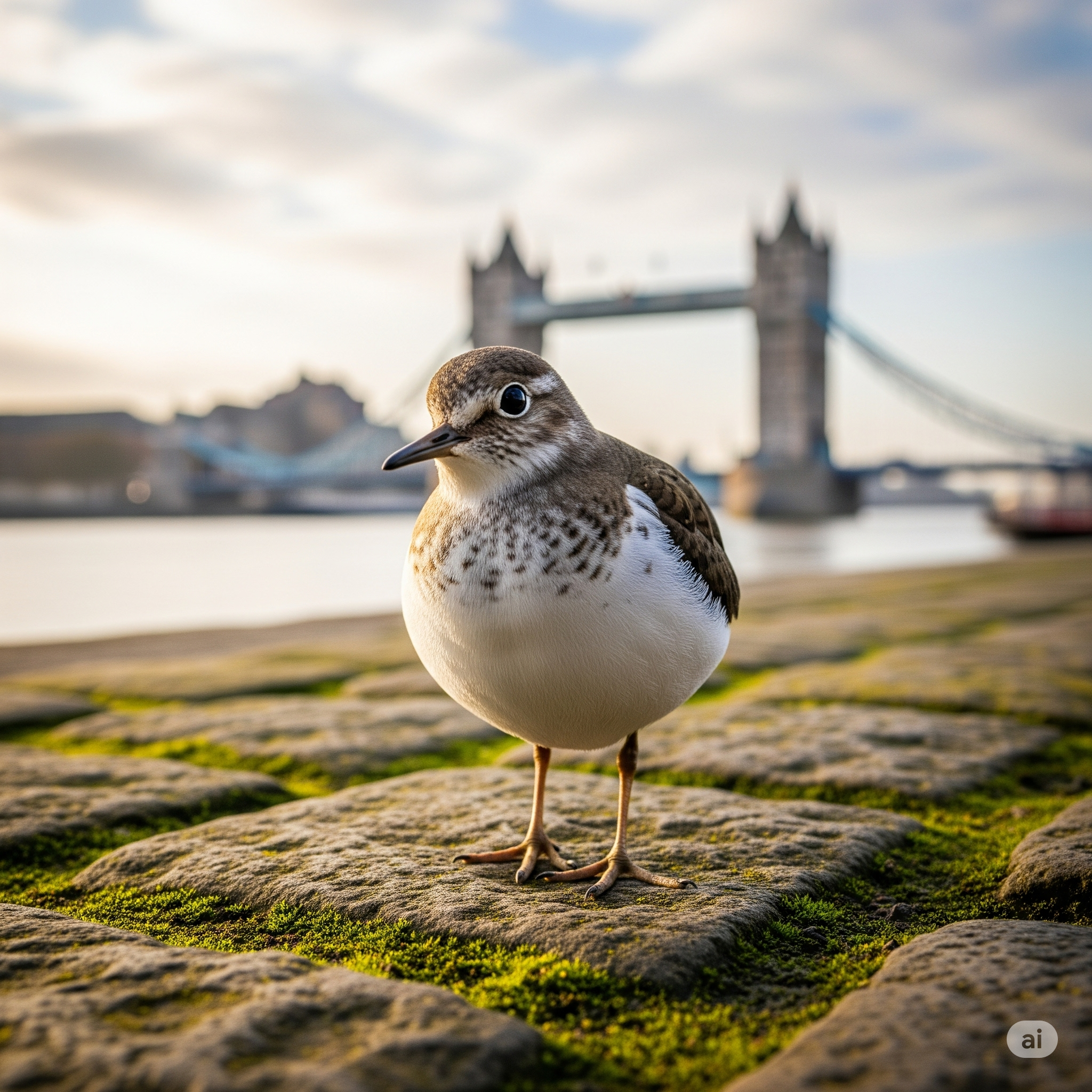
While the summer feels far from over, a secret, silent journey is already underway. August marks the start of the great autumn migration, a more leisurely but no less epic spectacle than the frantic rush of spring. Look closely in London’s parks and hedgerows, and you might see warblers fattening up on berries for their long flight ahead. Along the Thames and at our reservoirs, fascinating long-distance travellers like the graceful sandpiper make a temporary home. From the Arctic Circle to our city's shores, a diverse parade of birds is passing through.
Return on August 12th to discover who these amazing migrants are and where you can spot them.


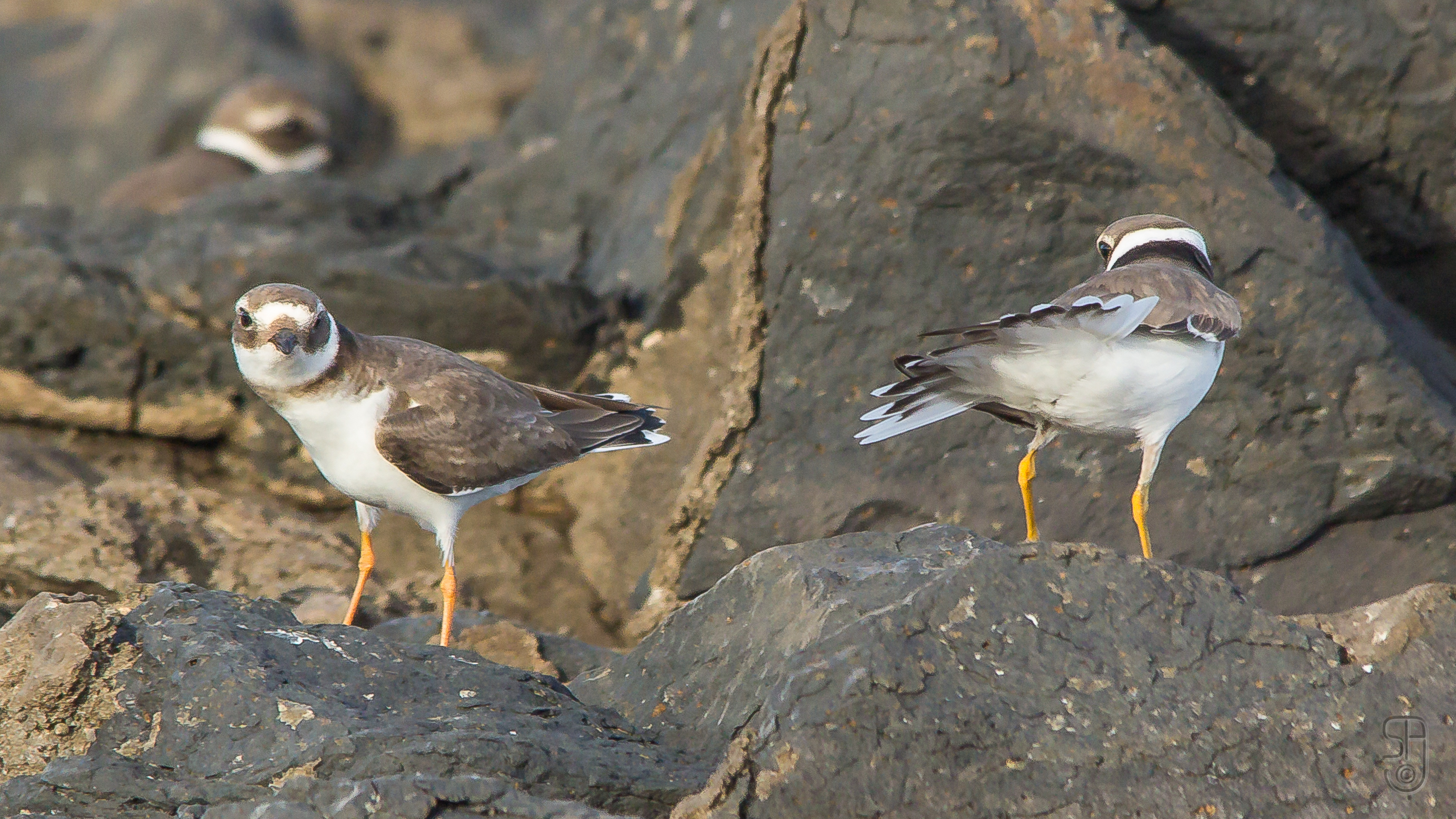

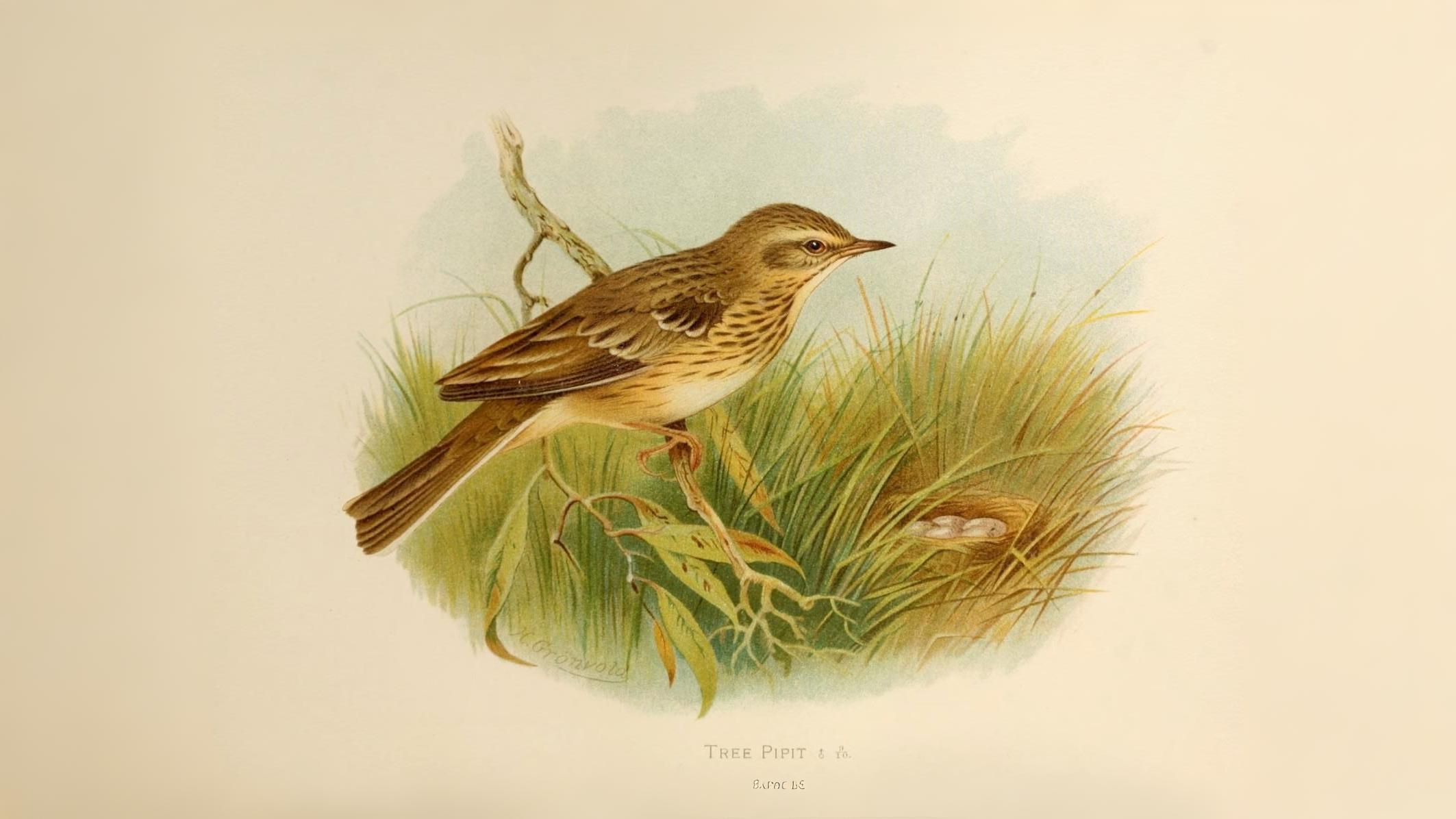

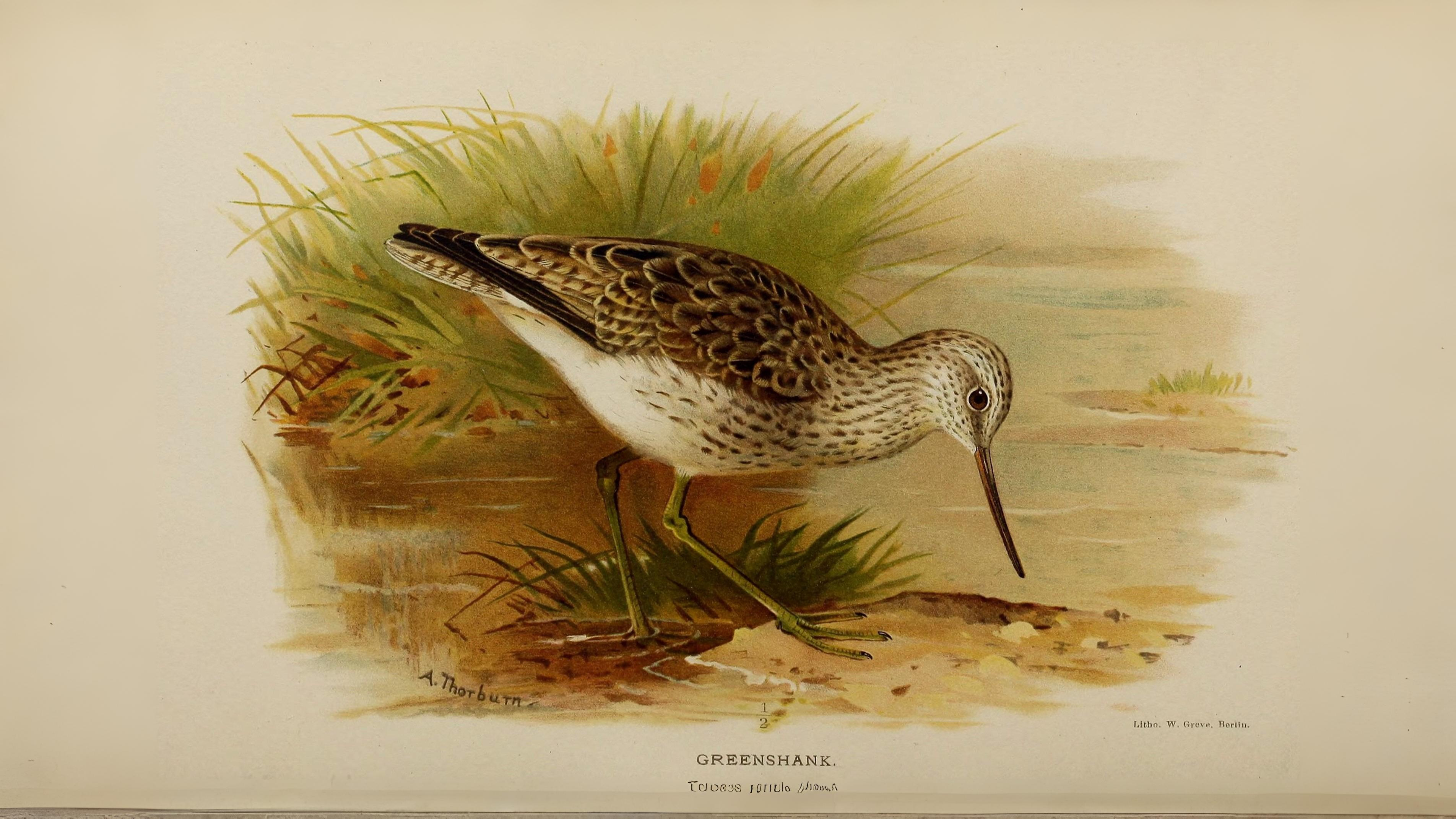



Different sandpipers are especially rewarding to look for in such unlikely places as Beddington sewage works. With their long, spindly legs and graceful movement they are reminiscent of stints. Some tend to ‘bob’ both their head and tail. Although not usually gregarious with their own kind, species such as the common sandpiper may now be seen in groups of ten or more. Others which do not breed in Britain tend to be seen in much smaller numbers and these could include the green, wood and purple sandpipers. Spotting the difference between sandpipers is not for the faint-hearted.
